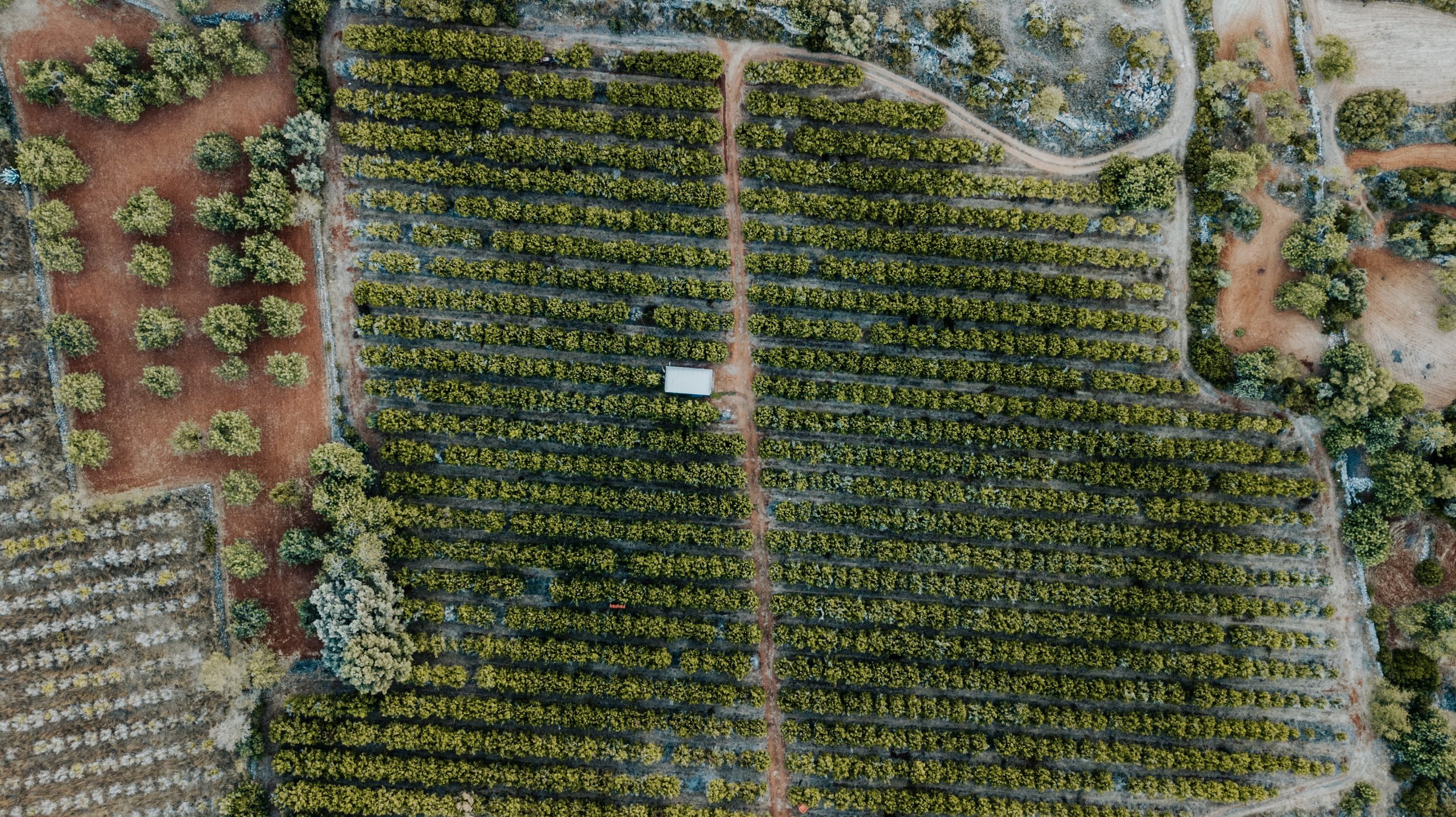In the first instalment of this series on Migrant Farmworkers, we discussed the history of migrant farmworkers in America and the long fight for farmworkers rights. But who are today’s farmworkers, and what do they face?
Travel and lack of documentation make migrant or seasonal farmworkers (MSFW) a particularly difficult population to study. However, the National Agricultural Workers Survey completed by the U.S. Department of Labor has been collecting demographic, employment, and health data through face-to-face interviews since 1989. The following data is from a 2016 report.
The majority of hired farmworkers, 69 percent, are from Mexico; 24 percent were born in the U.S. and the rest come from various countries of origin including but not limited to Puerto Rico, Central America, and Asia. Twenty-nine percent of farmworkers are U.S. citizens (85 percent of those citizens were born in the U.S. and 15 percent were naturalized) and 21 percent are legal permanent citizens. The high percentage, 49 percent, of farmworkers lacking work authorization makes fighting for improved working conditions especially difficult.
Another barrier to employment negotiations is language. From the NAWS: “in rating their English language skills, 30 percent of farmworkers reported that they could not speak English ‘at all’, 41 percent said they could speak English ‘a little’ or ‘somewhat’, and 29 percent said they could speak English ‘well.’”
These barriers to employment negotiations have made migrant farmworkers one of the most vulnerable working populations in the United States. A joint report by the Bon Appetit Foundation and the United Farm Workers concluded that “low fluency in English, lack of legal papers, [and] poor hourly wages… mean that farmworkers have little—if any—leverage to demand improved terms and conditions from employers.”
Health and Safety
Agriculture is one of the most dangerous industries in the US; farmworkers face a “range of occupational health injuries and illnesses including musculoskeletal strains, lacerations, falls, trauma, exposure to pesticides and other chemicals, heat and cold extremes, and exposure to sun, irritants, and allergens.”
Pesticide related illnesses are an especially prevalent concern. Workers can be exposed through mixing and applying pesticides, as well as working in treated fields. Additionally, many migrant farmworkers are housed near treated fields, further endangering them and their families. Workers can also bring pesticide particles home on their clothes and hair.
The Environmental Protection Agency (EPA) estimates that up to 3,000 farmworkers suffer acute pesticide poisoning every year through occupational exposures—but there is no national infrastructure for tracking acute pesticide illness or chronic illnesses resulting from pesticide exposure. Experts estimate that rates of pesticide-related illnesses, including cancer, birth defects, and learning disabilities, could be much higher than reported.
Despite the many risks associated with their profession, under half of all migrant workers have health insurance. And due to the complex system of laws governing migrant and guest workers, MSFW have little to no legal workplace protections. For example, “occupational heat stress is a key health and safety issue for farmworkers, [but] agricultural employers are not [federally] required to take such basic preventative measures as providing adequate shade and providing employees with rest breaks.”
Regulations—and the Lack Thereof
Health and safety concerns are just one of the many dangers affecting migrant and seasonal farmworkers. Unsafe housing and transportation, forced labor and child labor abuses, and lack of transperency or misinformation from contractors are listed as some of the most prevalent issues affecting US farmworkers. Though these issues have a wide range of causes and potential solutions, they all partially stem from one fundamental problem in the US farmworker system: the lack and poor enforcement of regulations pertaining to this vulnerable class of workers.
Take housing standards, which are enforced by the U.S. Department of Labor and regulated by the Migrant and Seasonal Agricultural Worker Protection Act (AWPA). The AWPA mandates a pre-occupation inspection and minimum safety standards, but does not include explicit rights regarding guests, eviction notices, or protection against retaliation. These rights are the jurisdiction of states and are only explicitly protected in Florida and Oregon.
These regulations are obviously insufficient and are frequently skirted, especially since the AWPA does not mandate any follow-up in-season inspections. A 2010 report by the Michigan Civil Rights Commission found rampant safety violations in migrant housing and concluded that “many of the most hazardous violations, such as overcrowding, gas leaks, inadequate waste disposal and problems with water and toilet facilities are not apparent until the camps are occupied.”
There’s no telling how many safety violations slip through the cracks—there are very few AWPA compliance inspections relative to the number of farmworkers and agricultural employers in the United States. Even when violators are caught, penalties can be and often are incredibly light.
Florida contractor SOL Harvesting LLC was caught violating H-2A guestworker program requirements by failing to “provide employees copies of their work contracts and reimburse them for transportation and visa fees,” as well as failing to meet minimum housing safety standards. They were fined just 53,428 dollars—and only 2,368 dollars of the fine was a civil penalty, the rest was back wages. The farm operator was not penalized and the contractor has not been barred from the H-2A program. The poor enforcement of regulations protecting MSFW allows contractors to endanger and take advantage of this class of workers—one with many barriers to self-advocacy.
Migrant farmworkers are one of the most vulnerable working populations in the United States. Complex documentation standings, language barriers, and a patchwork system of labor laws have led to an unjust system where too many migrants fall through the cracks.
- Migrant Farmworkers: How Can You Get Involved? - November 30, 2021
- Migrant Farmworkers: Up Close and Personal - November 15, 2021
- Who Are Migrant Farm Workers, and What Do They Face? - November 8, 2021
